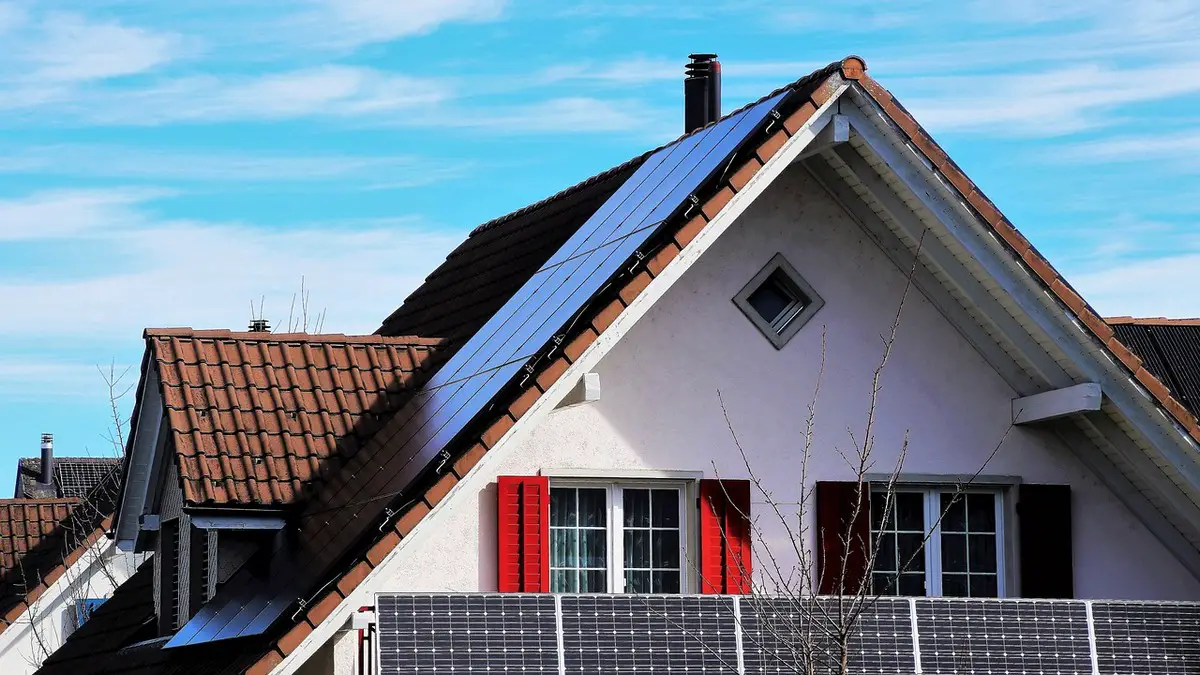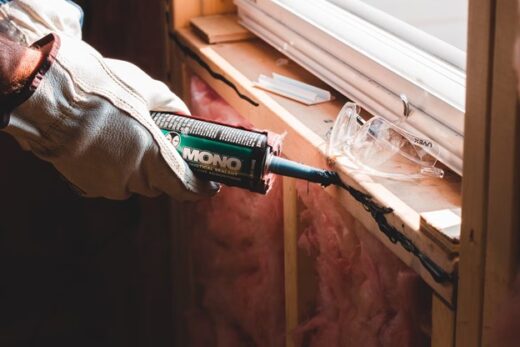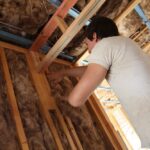Paying for improvements to increase home value guide, Online property renewal design advice, House price increase
Paying For Improvements to Increase Home Value Advice
In this article, we’ll explore various ways to pay for home improvements, including using a HELOC for renovation financing, personal loans, and government-backed loan programs.
14 June 2023
Whether you plan to sell your home or just want to enjoy it more while you live there, it’s important to consider how you’ll pay for these value-adding projects. You can work to save the cash to pay for home improvements as you go, but there are also plenty of financing options that can help you remodel your home sooner rather than later. In this article, we’ll explore various ways to pay for home improvements, including using a HELOC for renovation financing, personal loans, and government-backed loan programs.
Paying For Improvements to Increase the Value of Your Home
Saving Up for Home Improvements
Saving up for home improvements is one way to ensure you have the funds to pay for the project. This approach may take more time, but it allows you to avoid taking on debt and helps you maintain control over your financial situation. Consider setting aside a portion of your income each month specifically for home improvement projects. You can also look for ways to cut back on expenses or generate additional income to save more quickly.
Using a Home Equity Line of Credit (HELOC) or Home Equity Loan
One popular method of financing home improvements is using a HELOC or a home equity loan. These options allow you to borrow against the equity in your home, which is the difference between the current value of your home and the amount you still owe on your mortgage.
A HELOC is a revolving line of credit that allows you to borrow as much or as little as you need up to your approved credit limit. You can draw on the HELOC over a set period, usually five to ten years, and then repay the borrowed amount plus interest during the repayment period. This flexibility makes a HELOC an attractive option for financing renovations.
On the other hand, a home equity loan is a lump-sum loan with a fixed interest rate and a set repayment term, usually between five and 30 years. This option is more suitable for those who know the exact cost of their home improvement project and prefer the predictability of a fixed monthly payment.
Securing a Personal Loan for Home Improvements
Another option for financing home improvements is taking out a personal loan. Personal loans are unsecured loans, which means they don’t require collateral like a home equity loan or HELOC. Instead, they’re based on your creditworthiness and ability to repay the loan. Interest rates for personal loans can vary widely based on your credit score and financial history.
The advantage of using a personal loan for home improvements is that you don’t have to put your home at risk as collateral. Additionally, personal loans typically have shorter repayment terms than home equity loans, which means you can pay off the debt more quickly. However, the interest rates may be higher than those for secured loans, and the loan amounts may be smaller.
Government-Backed Loan Programs for Home Improvements
There are also several government-backed loan programs designed specifically for home improvement projects. One such program is the Federal Housing Administration (FHA) 203(k) loan, which allows you to finance both the purchase of a house and the cost of its renovations with a single mortgage. This program can be a great option for homebuyers looking to buy a fixer-upper.
Another government-backed option is the Department of Veterans Affairs (VA) Home Improvement Loan, available to eligible veterans and active-duty military members. This loan program provides funds for home improvements, repairs, and energy-efficient upgrades.
Weighing Your Options
When deciding how to finance your home improvement projects, it’s important to consider the cost, repayment terms, and potential risks associated with each option. Some key factors to consider include:
- Your current financial situation and credit score
- The total cost of the home improvement project
- The interest rates and repayment terms for each financing option
- The risks associated with each option, such as the potential loss of your home if you default on a home equity loan or HELOC
- The timeframe for completing the project and how quickly you need the funds
- Whether you’re comfortable taking on debt to finance the project
By carefully considering these factors, you can choose the financing option that best fits your needs and helps you achieve your home improvement goals. It may also be helpful to consult with a financial advisor or loan specialist to get expert advice and guidance.
Comments on this guide to Paying for improvements to increase home value article are welcome.
Home Design
Home Design and Real Estate Posts
Home improvement tips to give old house a fresh look

Designing tips for home interior guide
Interior Home Design Trends 2022
10 Mistakes To Avoid When Investing In Real Estate
Property
Residential Architecture
Comments / photos for the Paying for improvements to increase home value advice page welcome






